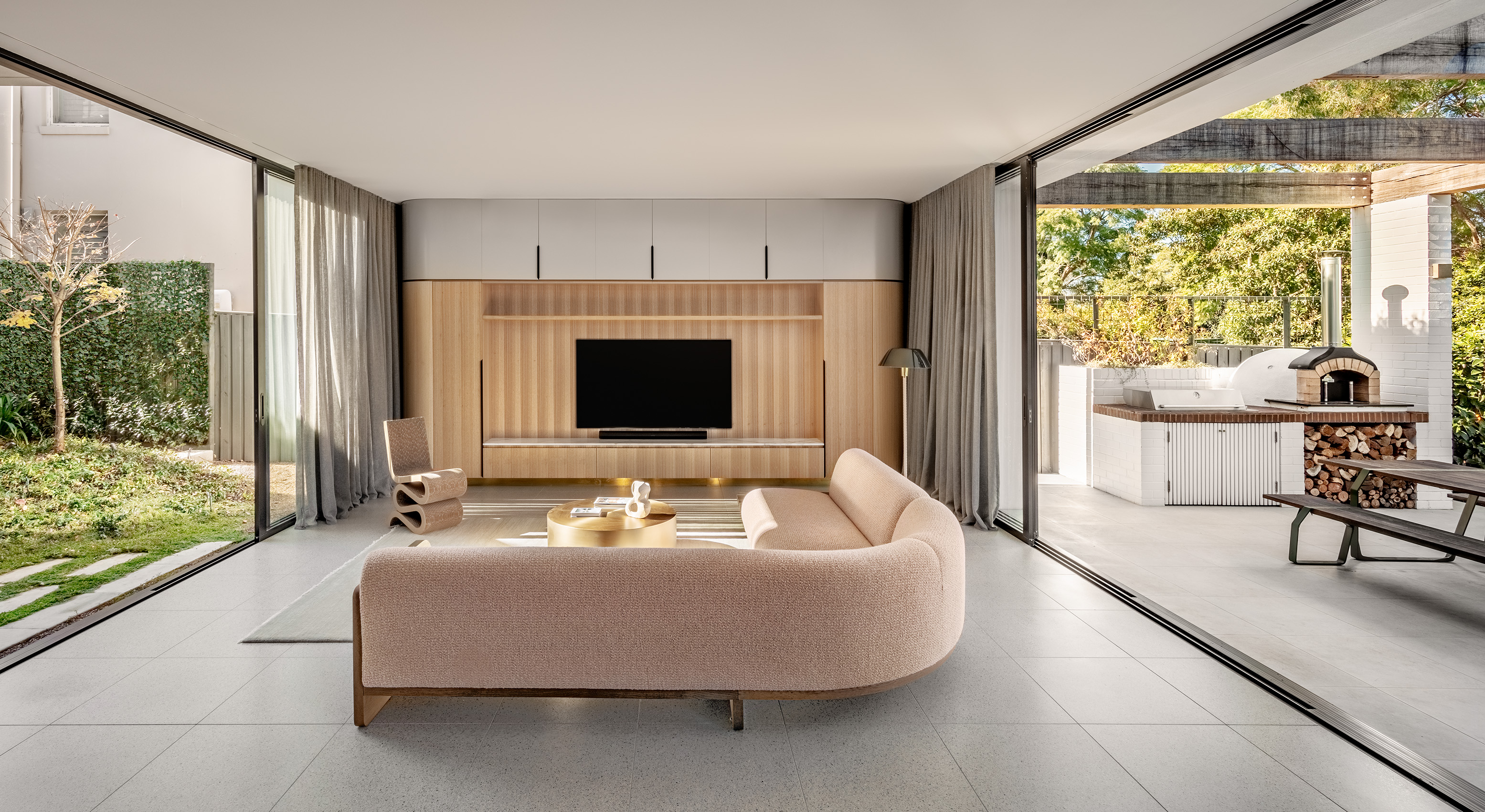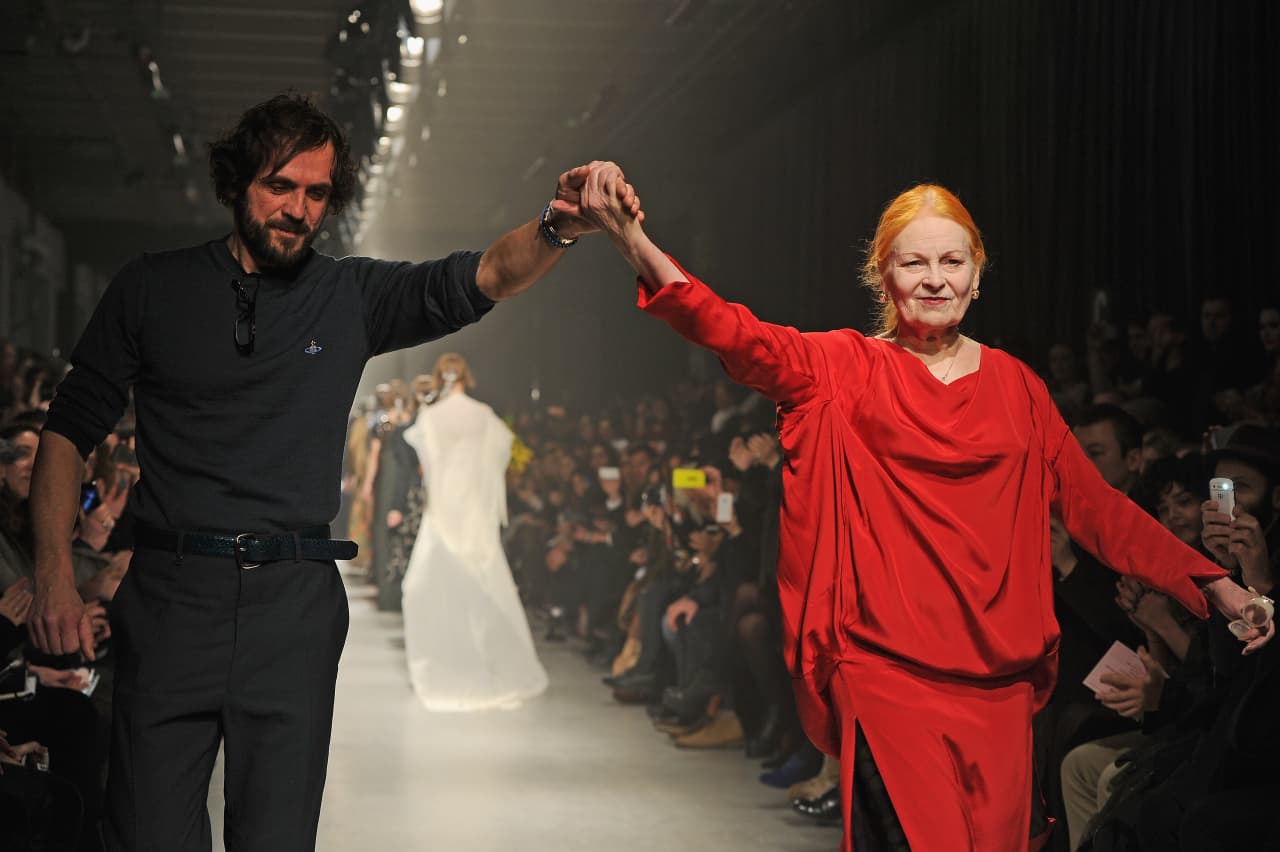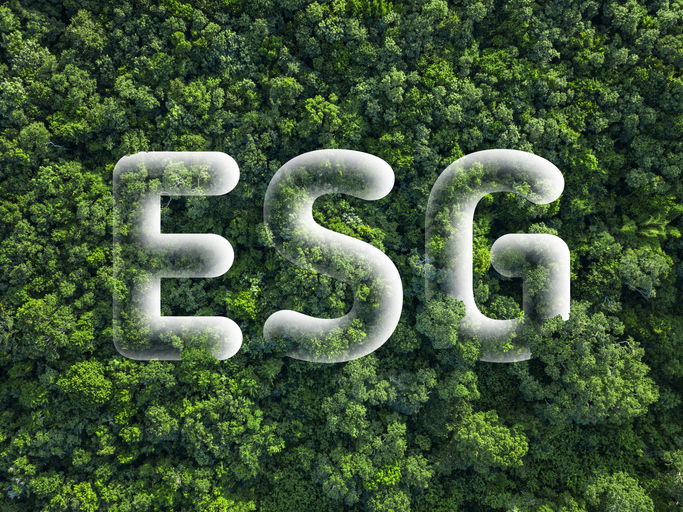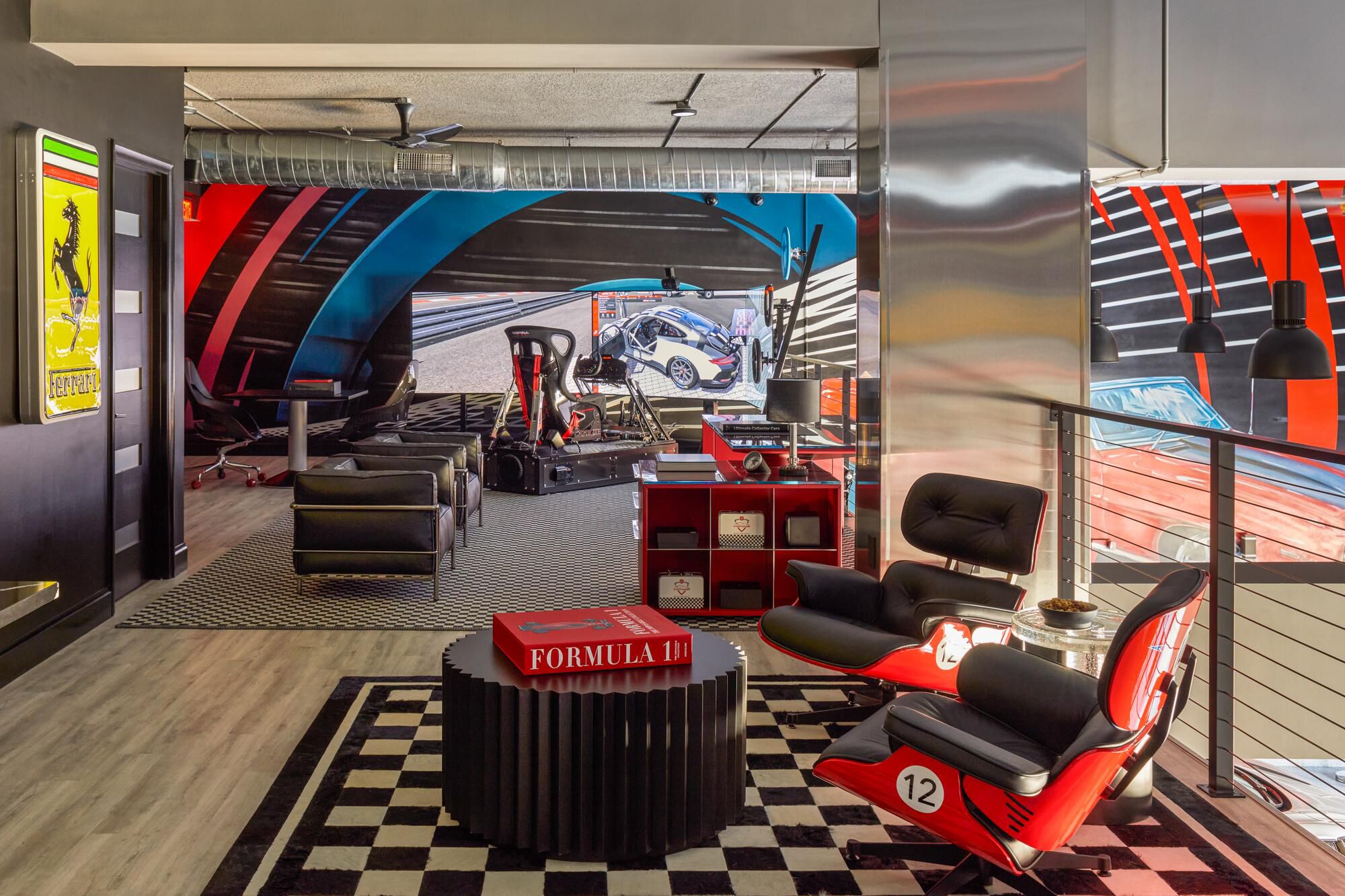What the #@$%! Happened to Our Manners at Work?
Because of pandemic rust, a generational shift or something else, the working world is getting ruder, many say.
Workers, where are your bleeping manners?
You’re cursing more and handshaking less, quitting on shorter notice and waiting longer to answer emails and texts.
At least, that’s how it feels to the self-appointed etiquette police among your co-workers and business associates. Politeness is tough to measure, and, sure, certain norms are overdue for updates. Still, I keep hearing from business people who swear (as in attest, not cuss) that the working world is getting ruder.
Hiring managers lament that job candidates skip cover letters whenever possible, seldom follow up on interviews with thank-you notes and can’t be counted on to show up once they’ve accepted offers.
Job seekers, for their part, complain that computers screen those cover letters, anyway, and that too few recruiters are considerate enough to send rejection letters, leaving hopefuls to wonder for weeks about where they stand with potential employers.
Many workers, particularly younger ones, claim they aren’t interested in bonding with colleagues and act accordingly. Happy hour? Hard pass. That’s not so much about being cold or uncivil, these people say, as it is about maintaining a private life away from work.
Others’ interpersonal skills are rusty or underdeveloped, owing to limited opportunities to practice during much of the past couple of years.
One glimmer of hope, or a sign of self-awareness: LinkedIn reports August enrollment in its two most popular business etiquette courses was up 127% year over year.
Those mourning the supposed decline of business etiquette blame the pandemic, a tight labor market, Gen Z and the internet.
“In the last three or four years, it has become much, much worse,” says Steve Landrum, a sales executive who lives near Atlanta.
His No. 1 gripe is “ghosting” from potential clients, which he says is more common now than at any time in his 30-year career. Like a dating-app match who suddenly stops answering messages after flirting, some sales leads show initial interest only to cut off communication without explanation.
When that happens, Mr. Landrum sends a short “breakup” email—“I’m going to assume that you’ve gone in a different direction,” he writes—if only for his own sense of closure. He tells me those who aren’t courteous harm their own reputations, though he concedes that bad form doesn’t dog people as it once did.
The bigger shift in recent years might be that rudeness has become less costly.
Left your job abruptly? In this economy, there’s bound to be another one around the corner—for now, anyway—and companies aren’t checking references as often as they used to.
Underdressed for the big meeting? Let she who is without stretchy Zoom pants cast the first stone.
Ignored that question a co-worker asked you on Slack? In a hybrid workplace, you might never cross paths with the co-worker and have to suffer the awkward consequences. Or if you do, you can claim having turned off notifications accidentally.
Just don’t try that excuse on Phoenix Normand, chief of staff at a tech company in California.
“Waiting all day to return a Slack inquiry is pretty much the most disrespectful thing you can do,” he says.
A close second: mucking up written communications with wayward punctuation, misspellings, abbreviations and emojis. If Mr. Normand sees a “your” that should be “you’re,” he’s gonna be, like, WTF? Amirite?
“The English language is being butchered to the point where it’s almost embarrassing,” he says.
He adds that workers often don’t realize their informality can land poorly, at least if someone like the 53-year-old Mr. Normand is on the receiving end. A recipient might conclude that the writer doesn’t know basic grammar and syntax or take offence. A sloppy email can inadvertently suggest that the person in the “to” field isn’t worth the time it takes to proofread.
Toni Purvis, founder of the School of Disruptive Etiquette in Washington, D.C., recommends erring on the side of formality in writing. It can be safer, she says, to buck traditional notions of “professional” appearance because many companies have come to realize that rules governing attire, hair, tattoos and other aspects of personal style can marginaliae certain workers.
Still, it remains important to consider how others perceive the way you present yourself, she adds.
For instance, the red suit that Ms. Purvis wore on her first day as an intern at an investment bank in the aughts sent the wrong message. In an industry with its own dull palette—banker grey—it looked as though she was trying to be the centre of attention, she says.
The outfit was a hand-me-down, and Ms. Purvis was oblivious to the unofficial dress code because she was the first person in her family or circle of friends to enter the corporate world. Her school aims to help others who don’t grow up learning etiquette by osmosis avoid missteps.
Daniel Post Senning, author and spokesman at the Emily Post Institute, notes that many traditional standards can be traced to wealthy, white society in the Northeast. He agrees with Ms. Purvis that contemporary etiquette is evolving to be more inclusive.
“Being true to who you are and where you came from is an important part of being honest,” he says.
That doesn’t mean authenticity always goes over well.
Cole Wiser, the creative director at a marketing agency in Dallas, says addressing a client as “y’all” once prompted a private scolding by a manager who thought the term was too informal. Ever since, Mr. Wiser says, he’s been self-conscious about a contraction that’s just part of how he talks.
When he slipped a “y’all” into a video call with a client recently, he asked his LinkedIn network to weigh in. The advice ranged from use it to don’t use it, to use it only with fellow Texans. “Read the room” was a popular tip.
The mixed feedback wasn’t especially helpful, but he posted thank-yous, anyway. It seemed like the proper thing to do.
Reprinted by permission of The Wall Street Journal, Copyright 2021 Dow Jones & Company. Inc. All Rights Reserved Worldwide. Original date of publication: September 8, 2022.
 Copyright 2020, Dow Jones & Company, Inc. All Rights Reserved Worldwide. LEARN MORE
Copyright 2020, Dow Jones & Company, Inc. All Rights Reserved Worldwide. LEARN MORE
This stylish family home combines a classic palette and finishes with a flexible floorplan
Just 55 minutes from Sydney, make this your creative getaway located in the majestic Hawkesbury region.
Futureproof your home and maximise your return with design directions that focus on contemporary ways of living
Looking to build, or renovate, a home in 2024? You’re not alone. According to a recent study from Resolve Finance, over a third of Australian homeowners are planning to renovate their current properties in the next 12 months. And if the Federal Government achieves its ambitious goal of delivering 1.2 million new dwellings over the next five years, there will be many new home owners looking to build their dream home in 2024 and beyond.
But before tackling such a behemoth task, considering all the latest—and future—architectural trends is pivotal in your new build’s success. Award-winning architect and interior designer, Georgina Wilson said sustainability will be at the forefront for many interested in energy efficiency and saving money on power bills.
“Elements of passive design are moving into the mainstream. Improvements in the technology with double glazing, building wrapping and insulation are meaning that more people have access to these materials,” Ms Wilson said. “Solar has proven itself and homeowners are now looking for other ways to make their home more efficient.”
The following eight trends reflect a growing emphasis on sustainability, flexibility, and wellbeing in residential architecture, catering to the evolving needs and preferences of homeowners in 2024.
—
1). Consider your colour palette
The colours you use say everything about the type of spaces you want to foster, whether they be bright and warm, dark and moody, neutral — the list goes on. If we’re looking to trends, earthy, calming neutrals are in — think brown, beige and eucalyptus green. Colours that feel natural and soft, but welcoming provide an inviting environment that’s easy to live with.
However, interior designer and stylist, Jono Fleming said contrast is important to create interest and one of the most powerful ways to do this is through colour.
“It doesn’t have to be a big splash of colour, it could be introduced through smaller decorative objects, a statement furniture piece or an artwork, but the colour should add balance to the space,” he said.
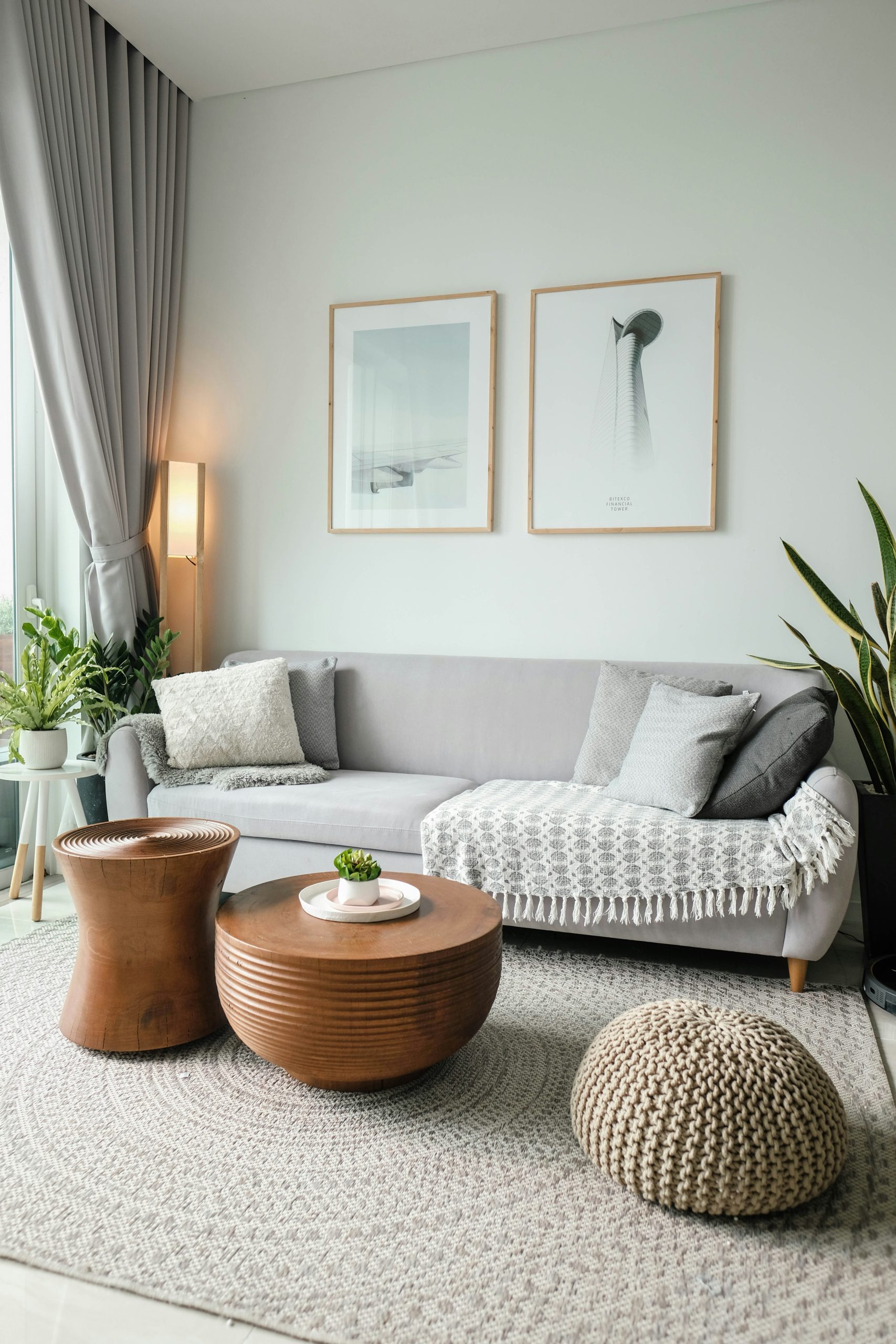
2). Modern, outdoor living areas
Ever since the COVID pandemic and subsequent lockdowns, expanding living spaces to the outdoors has gained in popularity. Features like plant-filled front porches, outdoor kitchens, fire pits, and cosy seating areas create inviting spaces for relaxation and entertainment for all family members.
“There has definitely been a greater appreciation for outdoor living spaces since COVID,” said Ms Wilson. “Outdoor fabrics and mechanisms for shading have greatly improved in recent years allowing people to fully embrace seamless indoor/outdoor living.”
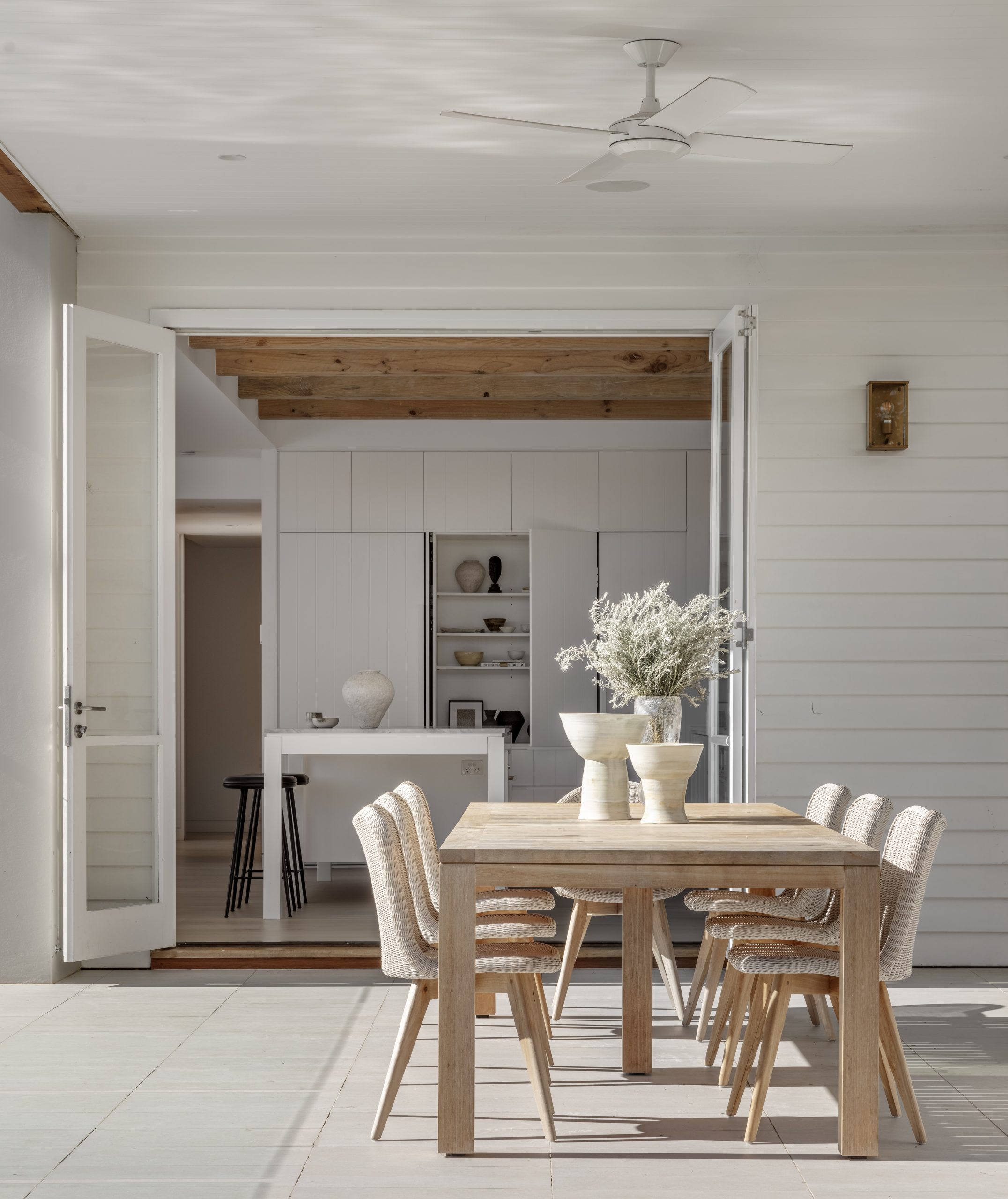
3). The integration of smart technology
Integrating smart home technology throughout your home continues to gain traction with homeowners. As we increasingly look to rely on technology to make our lives all the more seamless, smart technology throughout allows homeowners to control a variety of tasks and zones remotely, enhancing convenience, security, and even energy efficiency. This can include controlled heating and cooling from your phone, automatic lightning, voice control commands, and more.
“The technology for seamless appliances has come a long way. At Salone del Mobile Milano this year, we experienced the new Gaggenau fully integrated induction bench top, which in terms of kitchen design, is a huge advancement,” said Ms Wilson.
Gaggenau, the German manufacturer of high-end home appliances, is at the forefront of smart home technology, paving the way for intelligent cooking appliances that learn and adapt to user preferences. Gaggenau’s essential induction cooktop, the functional and seamless cooking surface Ms Wilson speaks of (pictured below), is designed to be “seamlessly integrated into a kitchen’s worktop”.
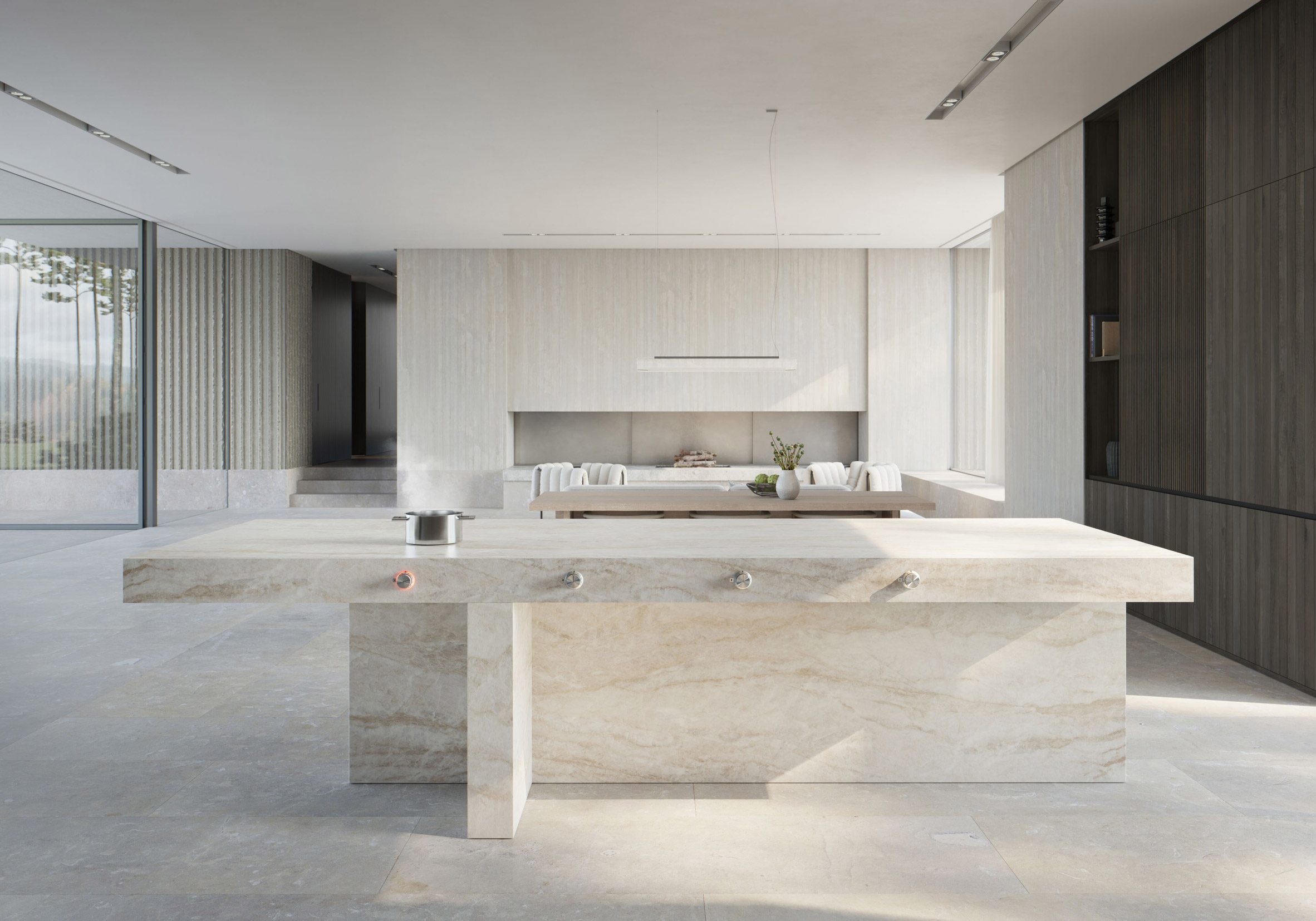
4). Health and wellness features
Prioritising health and wellness in 2024 is paramount, and home design that can include features like air purification systems, dedicated exercise spaces, recovering hubs—like saunas and ice baths—and relaxation areas to support physical and mental wellbeing will go a long way in not only adding value to your home, but providing a space that is architecturally on-trend and with the times.
“I’m seeing a lot of demand for in-built saunas, both traditional and infrared, particularly in the homes of our US clients,” said Ms Wilson.
“Bathroom suppliers such as Kohler, Duravit and Toto are offering increasingly sophisticated products that incorporate an almost spa-like experience in your at home bathroom. Examples of this are fantastic multi-nozzle showers and steam showers, Japanese toilets incorporating bidet technology, and elegant and serene bathroom furniture that can be fully customised for clients.”

5). Sustainability is key
A common goal among homeowners and future buyers alike is to own a property that is flexible enough grow with them. Futureproofing your home with sustainable measures will not only ensure its longevity, but it will help homeowners to play their part in addressing their carbon footprint.
“The current cost of living crisis is leading to a lot more multigenerational living, meaning families are prioritising durable materials and sustainable power sources, like solar,” said Ms Wilson.
Consider adding solar panels to your home, utilising sustainable materials in any upcoming renovations or builds, like recycled timber, and utilising energy-efficient lighting throughout your home.
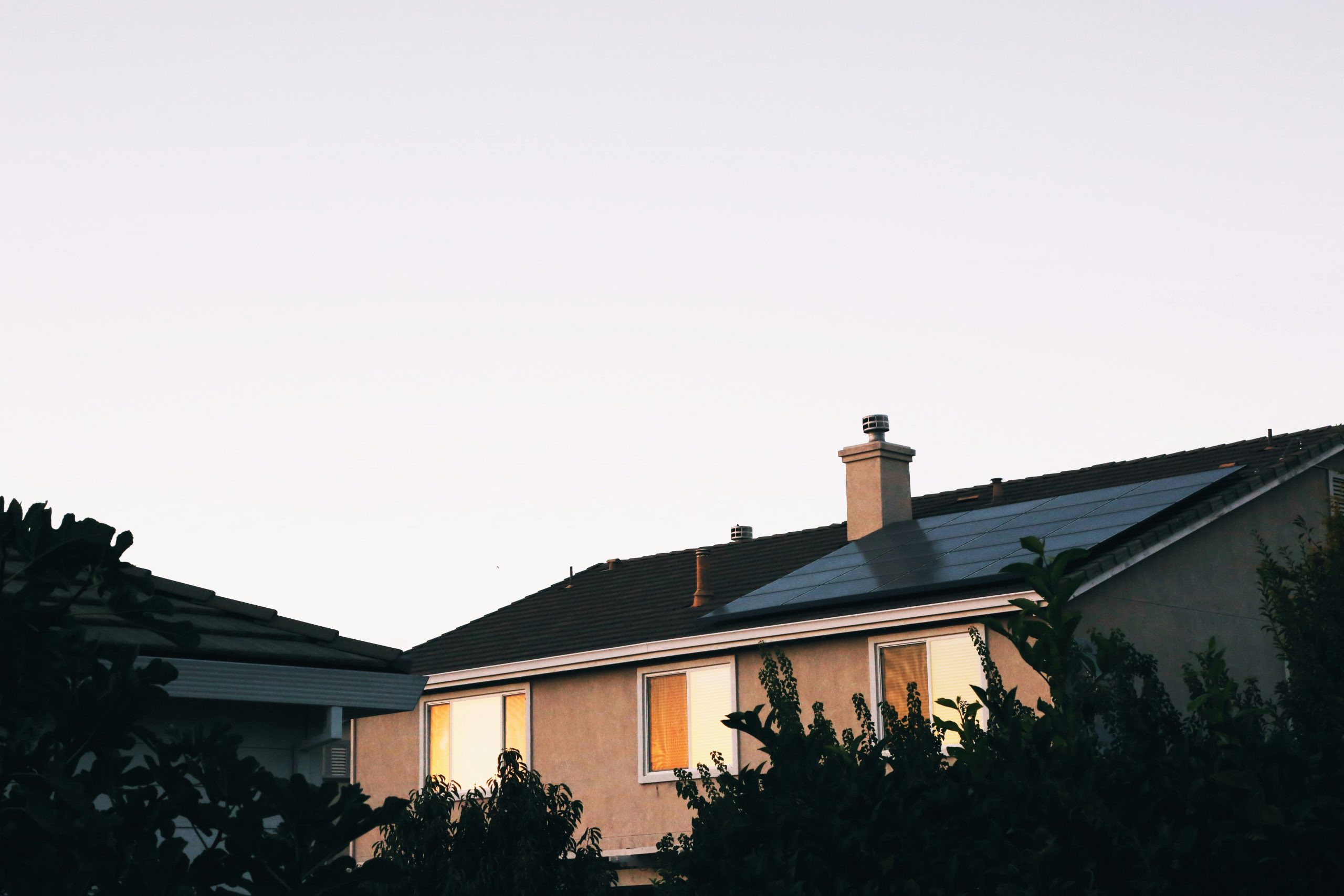
6). Minimalist design
Do as the Scandinavians do – introduce minimalist design into your home. Embrace simplicity and clean lines with a focus on interior design. Decluttering in main living spaces is surprisingly effective. Adopting the approach of ‘Swedish Death Cleaning’, which essentially involves slowly ridding your house of unwanted or unused items once you reach the other side of 50, will also help you whittle your possessions down to the beautiful and the necessary.
Minimalist design in home appliances is also making a resurgence in 2024 according to Ms Wilson.
“What I’ve been interested to see at Salone del Mobile Milano in 2024 is a huge return to stainless steel finishes, and more and more seamless integration of appliances,” said Ms Wilson.
“We’re seeing timeless materials in reimagined applications: copper baths and stainless steel basins are emerging trends with the potential to be timeless. These materials are so practical, and pair beautifully with natural stone and timbers.”
Above all, maximising different spaces through efficient and effective storage options will also do wonders in achieving that minimal aesthetic.
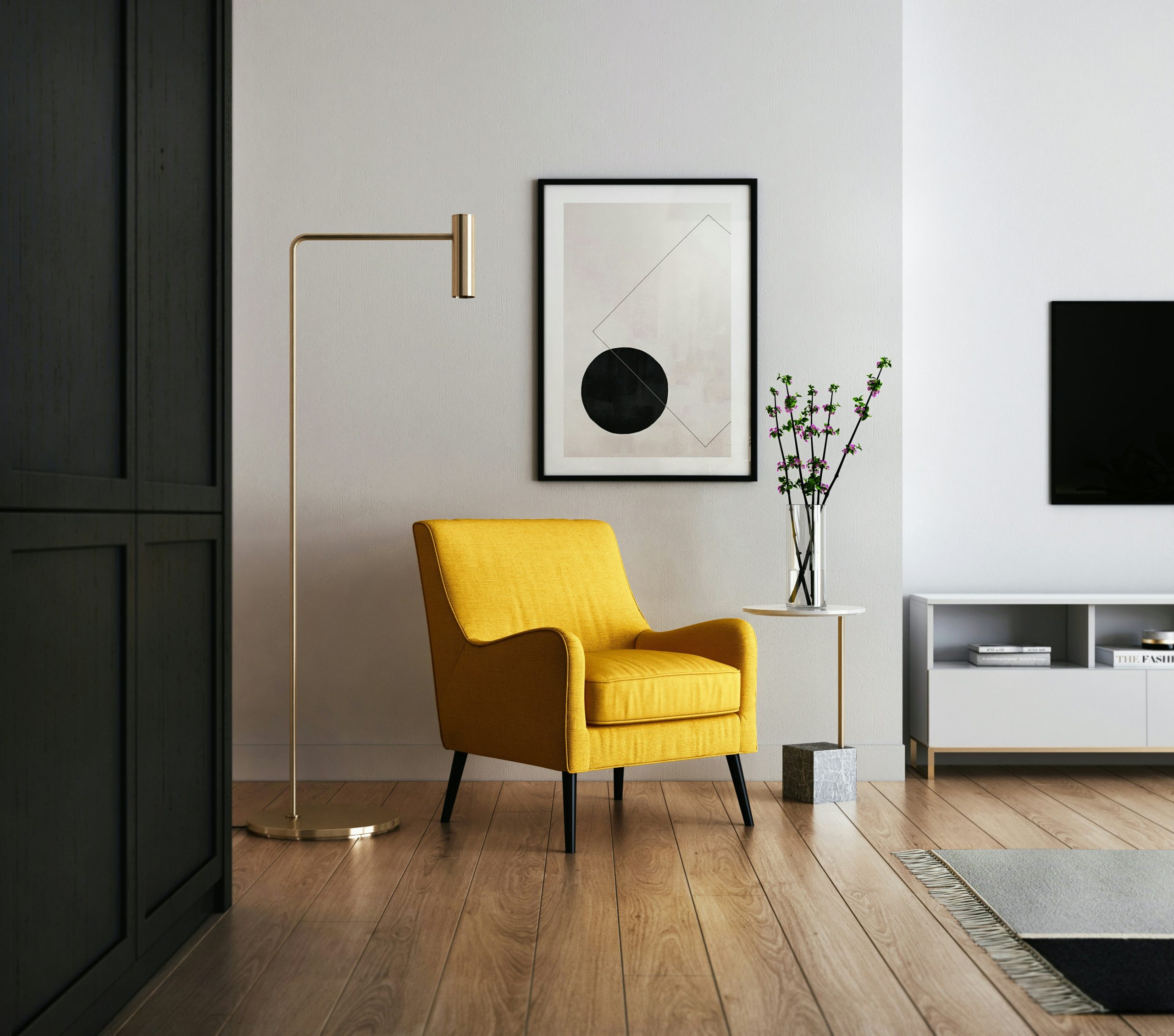
7). Multifunctional spaces
As we move towards greater efficiency of space, it’s useful to consider multifunctional spaces throughout your home. In 2024, we are seeing more homes incorporate multifunctional spaces and trends. This includes using multifunctional furniture in main bedrooms or living spaces—furniture that can act as storage ottomans or convertible sofa beds—as well as transforming wasted space, and open up indoor to outdoor living.
“Multifunctional spaces in homes are a great idea. Particularly in small homes, it makes a lot of sense to achieve maximum value out of the limited space available. The way you use a space can change as your family evolves over time, so it’s always good to design in such a way that allows for flexibility,” said Ms Wilson.
“Make sure that the functions you allocate to a single room are compatible with the space available and each other. For example, it works really well to combine a living room, a dining room and a kitchen in one open plan space because these are all public, lively spaces. It doesn’t work very well to combine, say a study, with these spaces because you will want control over the visual and acoustic privacy in a study.”

8). Think about biophilic design
A buzz word among architects and interior designers, biophilic design is one of the strongest trends in 2024 thanks to its benefits in garnering a sense of harmony and connection between your home and the environment. Consider incorporating natural elements into home design, such as large windows to maximise natural light, indoor gardens, and natural materials like wood and stone.
“Biophilic design is a timeless principle, in that home design should connect people in a positive way with their natural environment by maximising access to, and the ability to control, natural light and ventilation, which really helps to create an enjoyable (and healthier) environment to live in,” said Ms Wilson.
“Increasingly, there is a demand for this positive relationship to the natural environment; by leaning on the principles of biophilic design, you can create a haven and retreat at home that can help with the daily stresses of life.”
Ways to foster that indoor-outdoor connection can be through the addition of smaller internal courtyard spaces filled with greenery, or incorporating indoor plants and adding greenery into different rooms throughout your home.
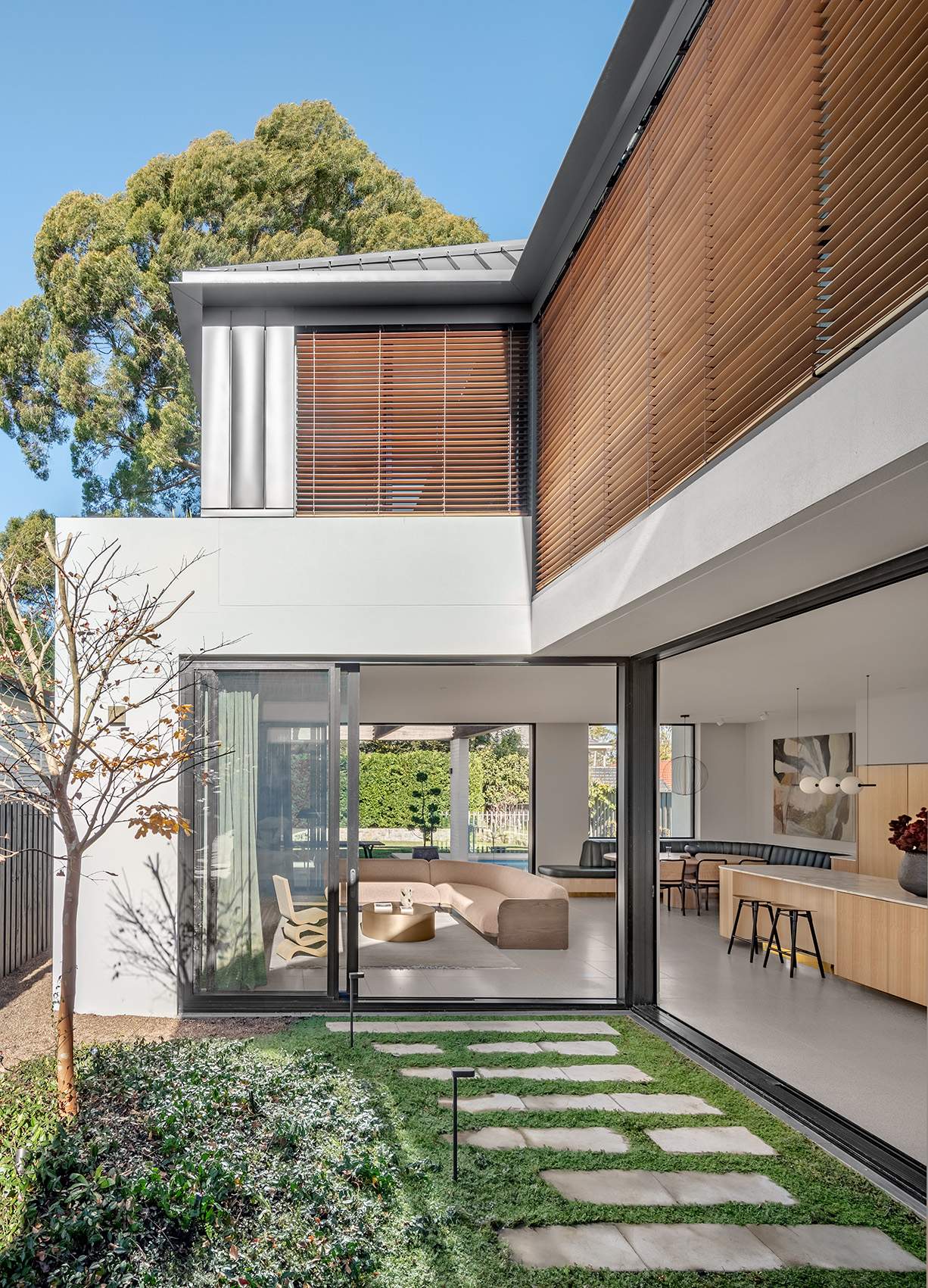
—
Consumers are going to gravitate toward applications powered by the buzzy new technology, analyst Michael Wolf predicts
Just 55 minutes from Sydney, make this your creative getaway located in the majestic Hawkesbury region.
















